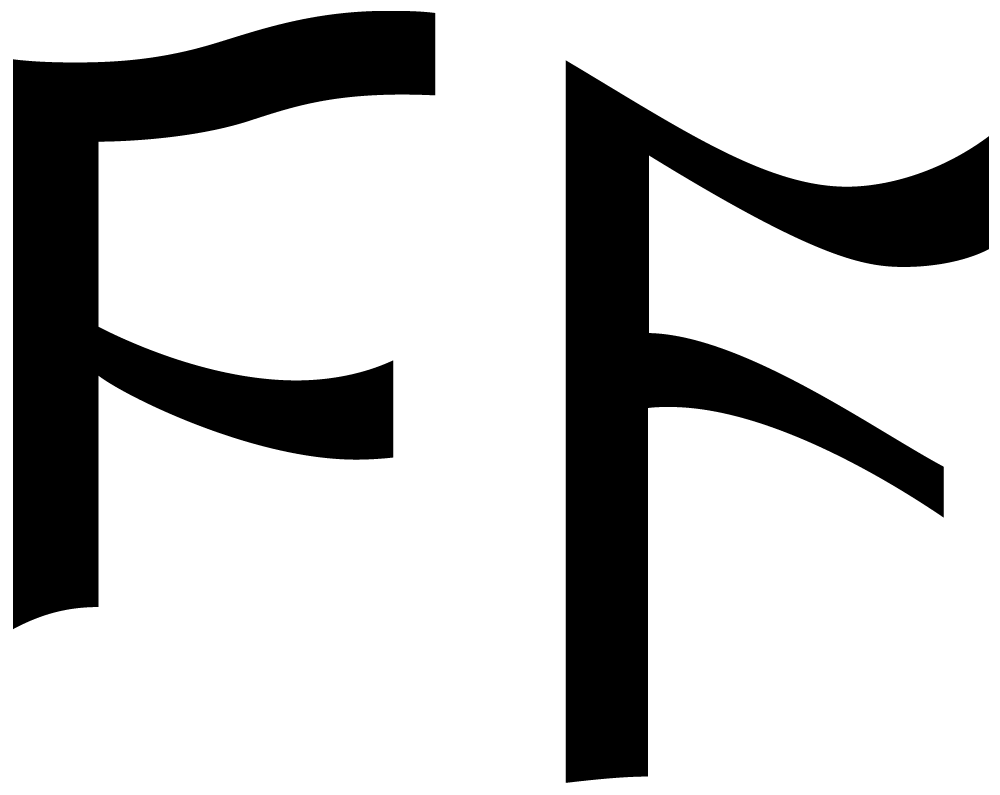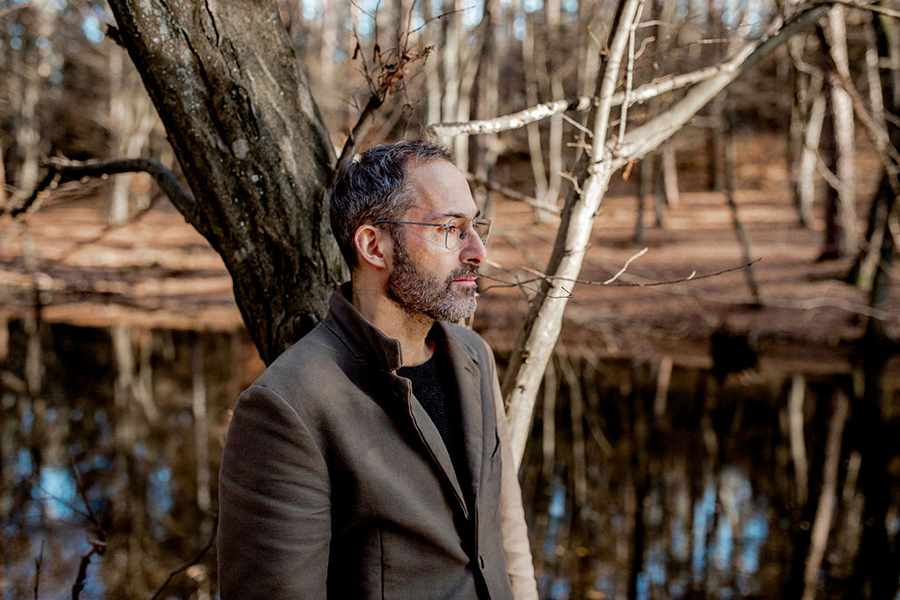The Swiss artist and architect Ferdinand Facklam is a trained structural draughtsman and as such gained valuable experience at Herzog & de Meuron and later as an architect in various offices. He deepened his knowledge by listening to Prof. Rüegg and Prof. Kollhoff at the ETH Zurich. Building on this, Facklam obtained the Master of Advanced Studies in CAAD at the ETH Zurich under Prof. Dr. Hovestadt. In August 2019 Ferdinand Facklam showed his first solo exhibition in Berlin, where he currently lives and works.
Ferdinand, to start of please two sentences regarding your CV/resumé with some information that the internet currently keeps from us. Where are you from, which are the stages in your life that have formed you?
I was born on March 13, 1969 in Basel (Switzerland). I’m very grateful that I was able to work at Herzog & de Meuron as a young architectural draughtsman. Professionally it probably was the time in my life that formed me the most. In this time my immense passion for architecture and art was fostered. Only much later the studies with Professor Dr. Ludger Hovestadt at the chair for CAAD of the ETH Zurich added a further important corner stone for my current work. In both of these instances the implicitness of ‘everything goes’ was instilled in me.
Grant us a slightly off question. Who was there first, the architect or the artist Ferdinand Facklam? Or in other words how did you get into art – why art?
That ran alongside each other for the whole time. I grew up in the art and culture city that is Basel. In my childhood my grandpa would read biographies of famous artists to me. The many great museums and exhibitions as well as the art fair Art Basel always inspired me and were part of my life. First I was an architectural draughtsman and later I gained experience professionally as an architect, which unfortunately was often characterized by frustration as creativity and aesthetics were often not appreciated. I got into art by taking part in a competition. My project triggered lots of positive feedback, which motivated me to continue.
What characterises your art and what are the big issues within? Please share the intention of your art with us.
Through my art I want to convey to people the beauty and the treasure that is nature. Often I use architectural elements, such as shape, light and material. I’m interested in the juxtaposition of natural and artificial phenomena. The initiation for this was my short story ‘forms learn to live”, which I wrote during my studies with Prof. Dr. Ludger Hovestadt.
Your artworks are most often big and expansive in scale. We can imagine that the actual impact of the art work only comes to full effect when built or set up in the public space? How do you manage to anticipate its impact and is the outcome always as you designed it on the computer or drawing board before – as it was planned by you?
From the outset I do try and find out through modelling how the intended impact is achieved in the best way, but the exact result I can not plan for. With the Palm generator in Spain, for instance, I was especially impressed how the railing, light and nature came to be in such harmony with each other. In the video it’s well visible how the palm leaves are reflected in fluid intervals in the afternoon sun. With the Moos mural for the exhibition I was surprised by the three dimensional plasticity and the radiance of the leaves. The painting created an emotional and cognitive interplay in the perception of the observer quite different to what would have been possible through computer simulation.
INFOS
Type: Interview
Authors: Stephanie Schneider, Ferdinand Facklam
Publisher: DEEDS. WORLD (The Art and Culture Magazine)
Language: German, English


